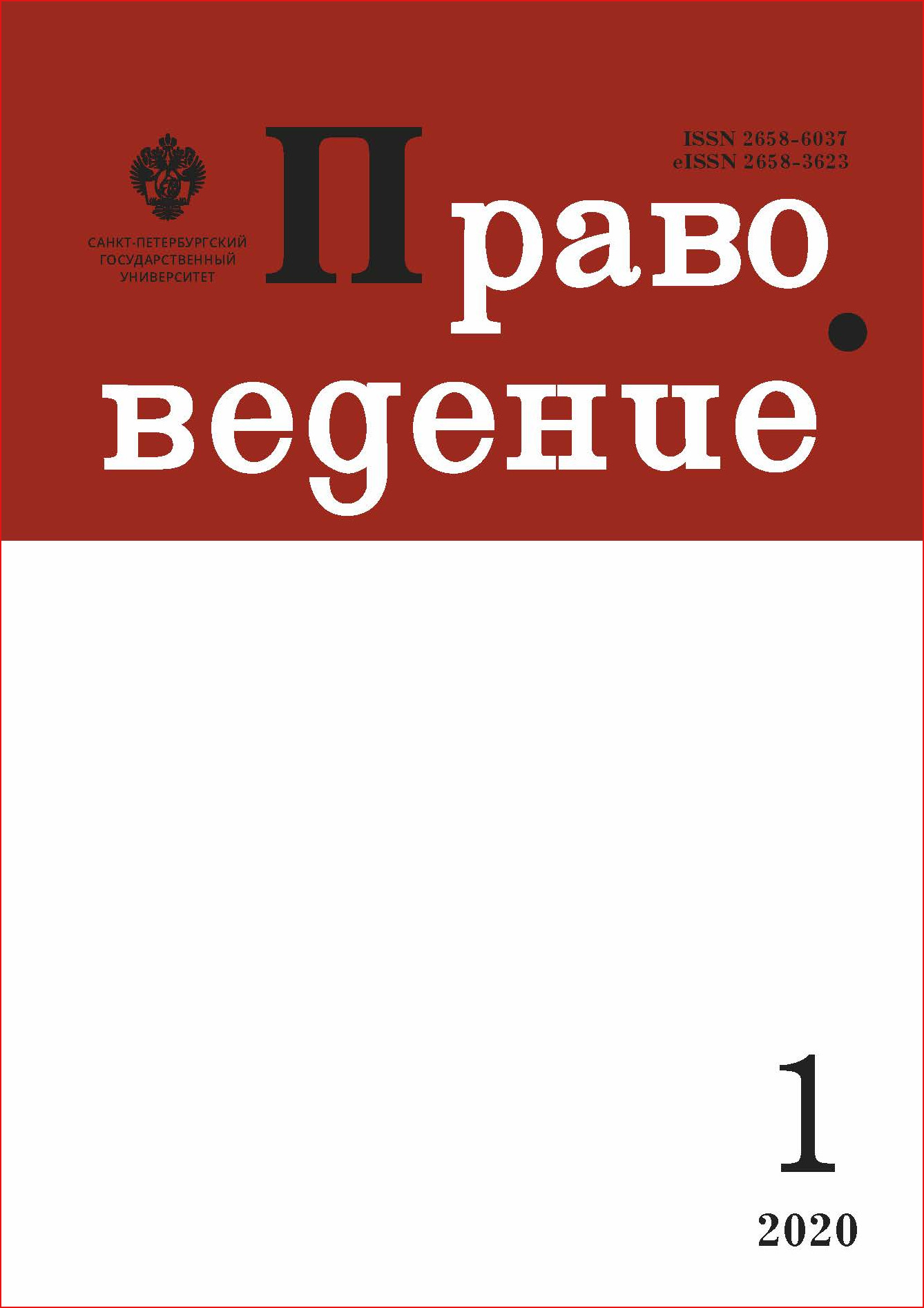Heritage storytelling, community empowerment and sustainable development
DOI:
https://doi.org/10.21638/spbu25.2020.105Abstract
In many disciplines, storytelling has gained recognition as a powerful tool for sharing wisdom, stimulating empathy, transmitting knowledge and persuading audiences about promotional messages. With the emergence of the worldwide web first, and social media more recently, much attention has been focused on the potential of digital storytelling. Storytelling is also considered by some as a means to safeguard and provide access to Intangible Cultural Heritage (ICH), for example through documentation and inventorying practices built on narration or through the development of websites and applications. Public availability and marketing of ICH may however expose heritage bearers to risks of misappropriation, decontextualization or misrepresentation, as has been recognized by the UNESCO’s 2008 Operational Directives for the Implementation of the Convention for the Safeguarding of the Intangible Cultural Heritage. How is it possible for heritage bearers to benefit from ICH storytelling while mitigating these risks? This article builds on work carried out in the context of two research projects that dealt with digital storytelling in very different manners: AlpFoodway, a EU Interreg Alpine Space project (2017–2019), which aimed to create a sustainable development model for peripheral mountain areas based on the preservation and valorization of the traditional Alpine food heritage; and the ongoing British Academy for Sustainability project “Celebrating local stewardship in a global market: community heritage, intellectual property protection and sustainable development in India”. Thanks to the lessons learned in the context of these two projects, this article shares some considerations on how approaches to storytelling developed in the field of marketing can assist with community empowerment and sustainable development. As a result, it contributes to a better understanding of the understudied and little understood conditions under which ICH entanglement with the market can be carried out in heritage sensitive and legally savvy manners that empowers individuals, groups and communities that are ICH bearers and ensures that they are the prime beneficiaries of the economic benefits of commercialization.
Keywords:
Intangible Cultural Heritage, marketing, sustainable development, digital storytelling, community empowe
Downloads
References
Downloads
Published
How to Cite
Issue
Section
License
Articles of "Pravovedenie" are open access distributed under the terms of the License Agreement with Saint Petersburg State University, which permits to the authors unrestricted distribution and self-archiving free of charge.




